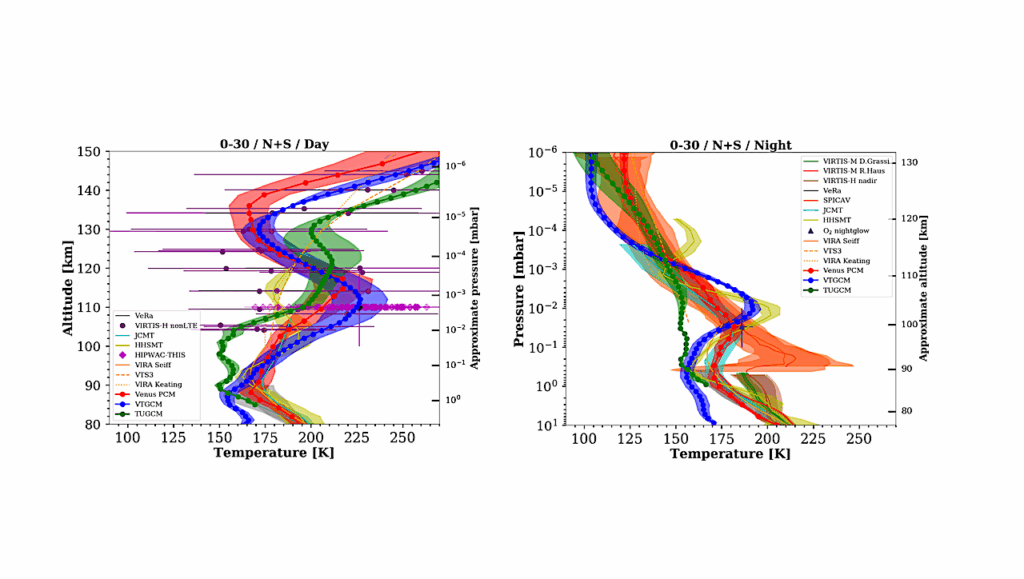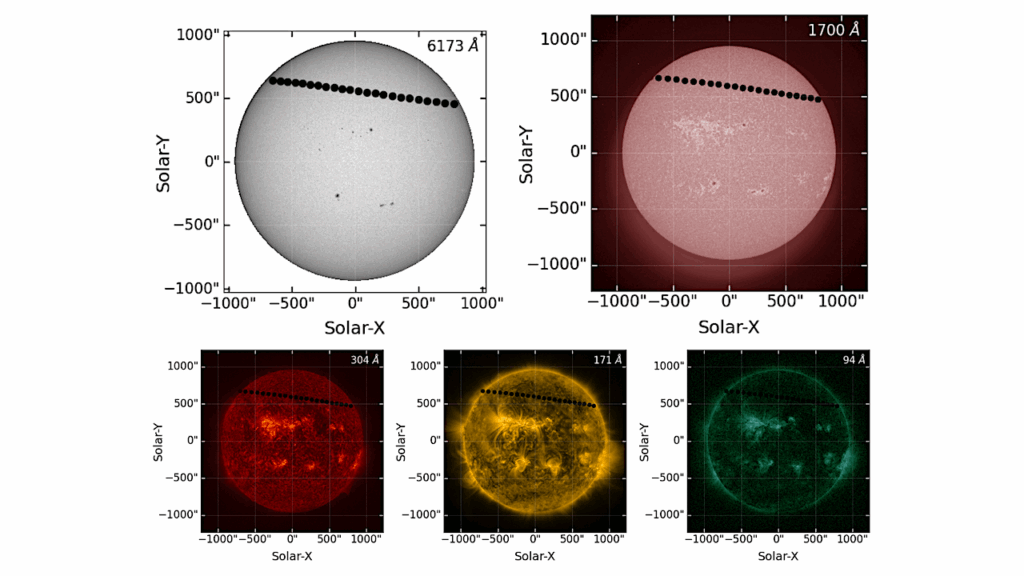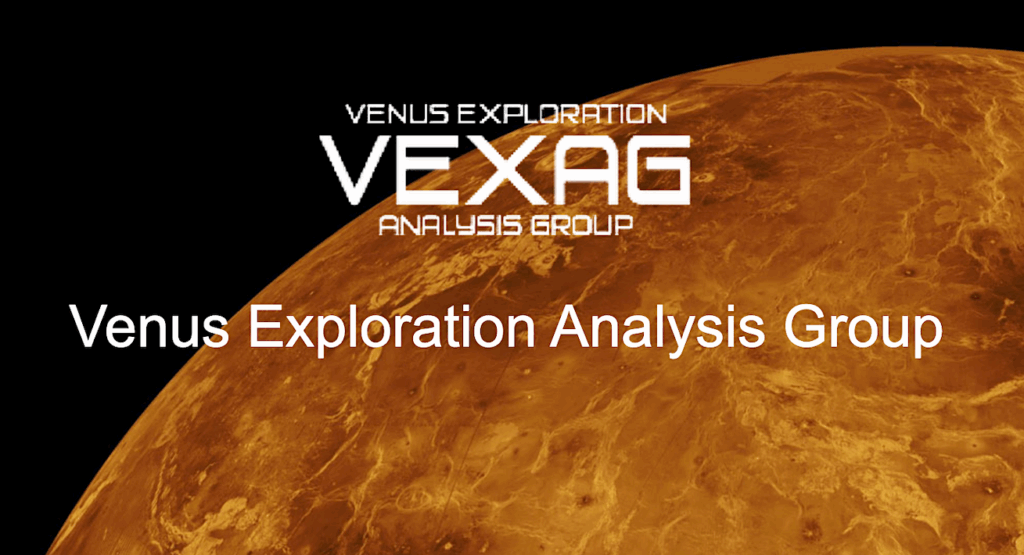Venusian Habitable Climate Scenarios: Modeling Venus Through Time And Applications To Slowly Rotating Venus-Like Exoplanets

One popular view of Venus’ climate history describes a world that has spent much of its life with surface liquid water, plate tectonics, and a stable temperate climate.
Part of the basis for this optimistic scenario is the high deuterium to hydrogen ratio from the Pioneer Venus mission that was interpreted to imply Venus had a shallow ocean’s worth of water throughout much of its history. Another view is that Venus had a long lived (approximately 100 million year) primordial magma ocean with a CO2 and steam atmosphere. Venus’ long lived steam atmosphere would sufficient time to dissociate most of the water vapor, allow significant hydrogen escape and oxidize the magma ocean.
A third scenario is that Venus had surface water and habitable conditions early in its history for a short period of time (< 1 Gyr), but that a moist/runaway greenhouse took effect because of a gradually warming sun, leaving the planet desiccated ever since. Using a general circulation model we demonstrate the viability of the first scenario using the few observational constraints available.
We further speculate that Large Igneous Provinces and the global resurfacing 100s of millions of years ago played key roles in ending the clement period in its history and presenting the Venus we see today. The results have implications for what astronomers term “the habitable zone,” and if Venus-like exoplanets exist with clement conditions akin to modern Earth we propose to place them in what we term the “optimistic Venus zone.”
M.J. Way, Anthony, D. Del Genio
(Submitted on 12 Mar 2020)
Comments: Submitted to Journal of Geophysics Research – Planets. 54 pages, 10 figures, 2 tables
Subjects: Earth and Planetary Astrophysics (astro-ph.EP)
DOI: 10.1002/essoar.10501118.3
Cite as: arXiv:2003.05704 [astro-ph.EP] (or arXiv:2003.05704v1 [astro-ph.EP] for this version)
Submission history
From: Michael Way
[v1] Thu, 12 Mar 2020 11:05:19 UTC (4,128 KB)
https://arxiv.org/abs/2003.05704
Astrobiology








